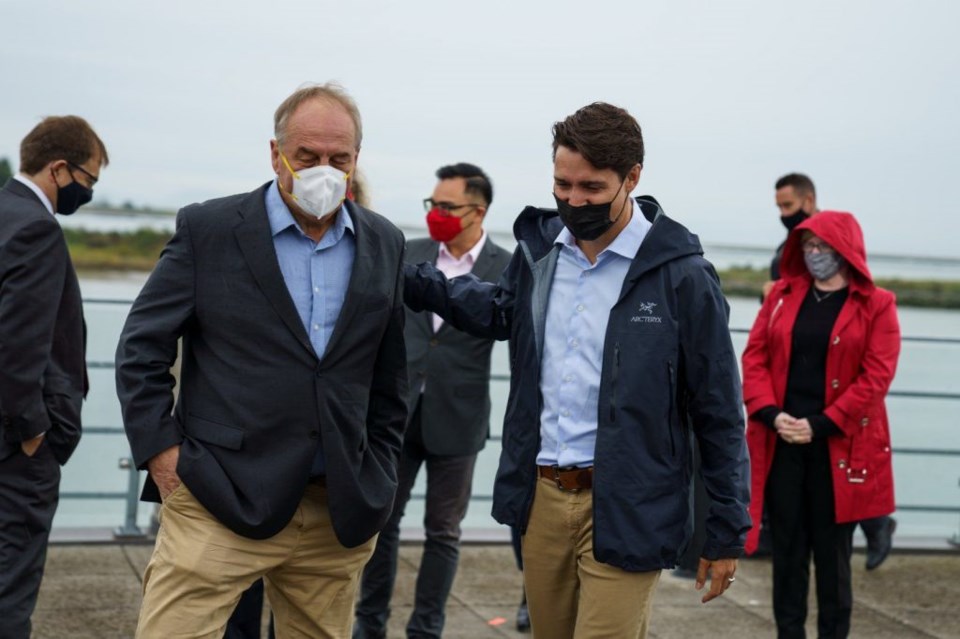
The polls have closed, and what has changed?
In terms of pure results, little if anything.
The Liberals called this snap election in hopes of securing a majority, but despite the hopeful polls, they ended up only mirroring the results of 2019.
Justin Trudeau’s Liberals got a third term but only a minority government.
Two years weren’t enough to change the attitudes of most voters.
Trudeau failed to reconcile with voters in Western Canada, which was a sea of blue this election with only a few spots of red and orange in the major urban centres.
As well, the Conservatives failed to provide a viable alternative, opting instead for a milquetoast Erin O’Toole who couldn’t be moderate enough for left-leaning voters and not hardline enough for many on the right.
The pandemic failed to influence the vote significantly, because one’s political leanings dictate how one feels about the crisis, rather than vice versa.
For an election that produced virtually the same outcome as 2019, the public paid a rather steep price for it.
Elections Canada estimated that this election cost $610 million, the most expensive election in this country’s history, according to the CBC.
The bloated coast is due to COVID safety measures in addition to inflation and a growing population.
And while there were safety measures – masking, sanitization, social distancing and all the usual fare – the fact is voters risked exposure to the virus while going to the polls.
All this because the Liberals saw they were doing well in the polls and wanted to gain four years with a majority government.
Such cynical politics should revolt people, but it will only revolt half the population, because, again, one’s political leanings dictate how one feels.
Peter Shokeir
[email protected]



